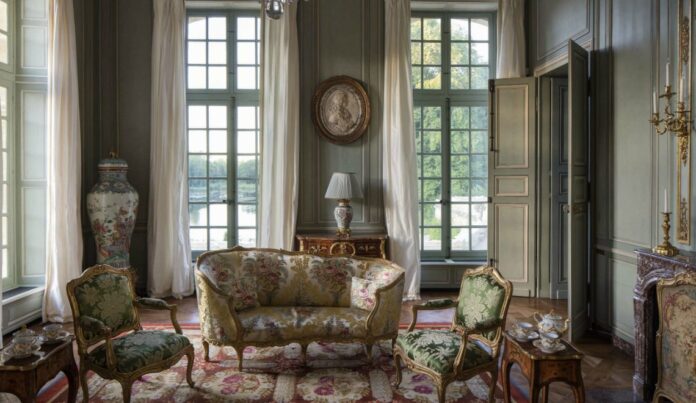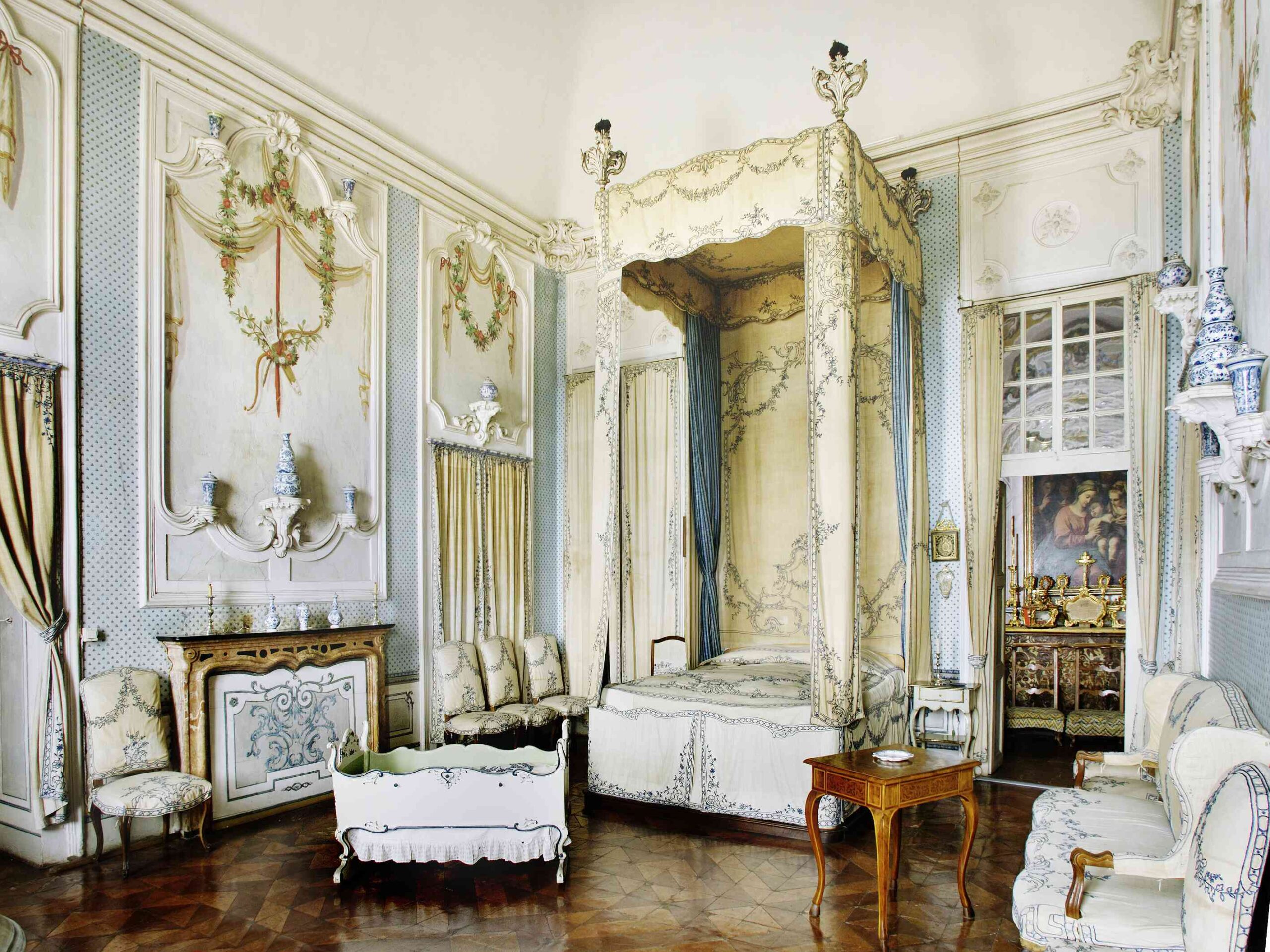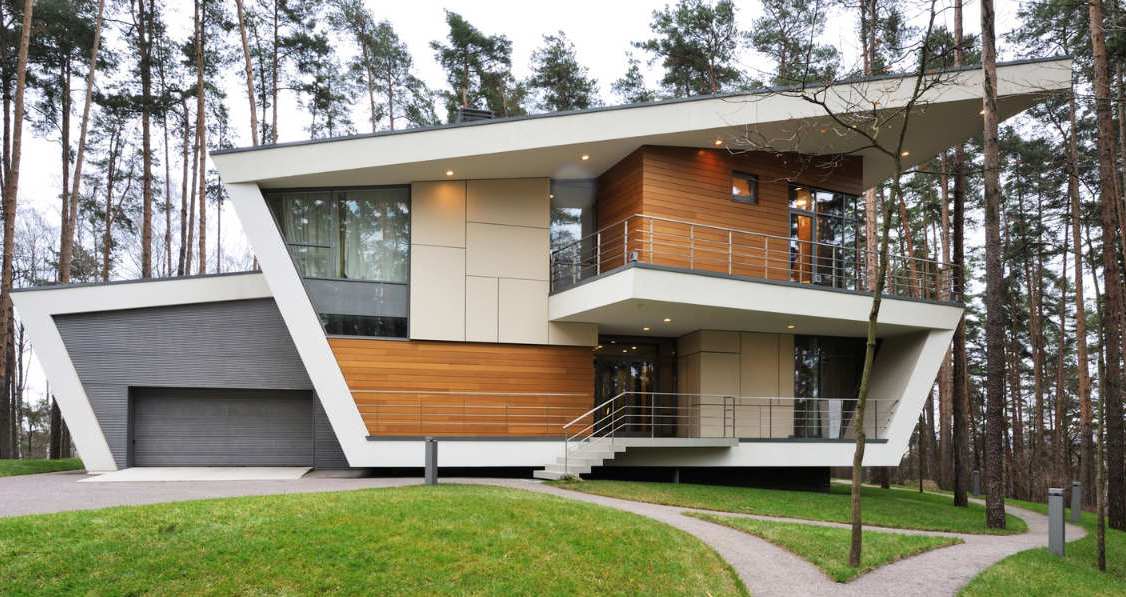During the 15th and 16th centuries, the Renaissance heralded a revived focus on creativity, especially in interior design. The Baroque era was a period of uber-grand projects, mixed with complex ideas and designs. These expressions in creativity were intended to produce drama and exuberance and raise the viewer above daily existence, to a lofty and grandeur experience.
This extravagant style included formal, highly decorated interiors, including elements such as bronze sculptures, intricate tapestries and detailed mouldings, with a strong emphasis on gilding. Louis XIV’s enormous Summer Palace at Versailles is one of the most complete examples of the Baroque ideal; the orchestration of architecture and landscape, painting and sculpture, furniture and metalwork into one splendid whole.
During this century, there has been an attempt to contemporise this opulent style, despite seeming out of favour with current interior trends. So how can you introduce a modern form of Baroque into your home without turning it into a bling palace? Can you add a few opulent touches of Baroque glamour that blend seamlessly with your current decor? Minimalism is key when it comes to incorporating elements of this style throughout your home.
Setting The Style
Although the original style of Baroque was overloaded with unrestrained ornamentation, in most houses the key needs to be stylish subtlety. By keeping the main decor in soft, neutral tones, these glamorous touches shouldn’t look overpowering, especially if incorporating the style within smaller rooms of the house. Think curved lines and elements of nature; shapes that characterize motion and energy, which is quintessentially Baroque style.
A statement piece of furniture with sophisticated carvings and curved lines, will set the tone for this regal style. Whether it’s a veneered chest of drawers or velveteen ottoman chairs, plumped up in opulent splendour, just a few key pieces can transform your decor into your own summer palace. Complete the look by accessorising with luxurious fabrics in the form of cushions or tapestries, adding the pomp and grandeur that the Baroque aesthetic seeks to portray; rich finishes of demonstrative grandeur.
Keeping It Simple
Crystal is another element that is used in the Baroque design aesthetic and this can be incorporated in the form of lighting. A vintage-inspired chandelier can complete the look, a focal point in the room adding a theatrical display – just the right amount of sparkle without the bling! Porcelain sculptures with graceful lines can add cool sophistication to your rooms too, keeping the balance between ostentation and sophisticated style. By introducing such decorative elements, especially those of a highly gilded finish, there can be a danger of ‘overload’ but by keeping a focus on neutral colour schemes, the elegance of this style can still be retained.
Baroque On A Budget
If your budget can’t stretch to replacing furniture then adding plump, velvet cushions in opulent gold and burgundy to your seating can boost that Baroque feeling of richness. An easy addition to this design aesthetic could be a gilt mirror. These useful accessories can be picked up easily, with curled Agapanthus leaf mouldings adding to the distinctive style, a touch of opulence to brighten up a dark area. Why not add a photo frame or two, decoratively carved and gilded to boot?
Art from the period was marked by rich, deep colours and a print is a simple way to add a relevant piece. Vermeer’s ‘Girl With A Pearl Earring’ is a striking image and if matched with an ornate gilded frame will tick all the Baroque boxes.



















